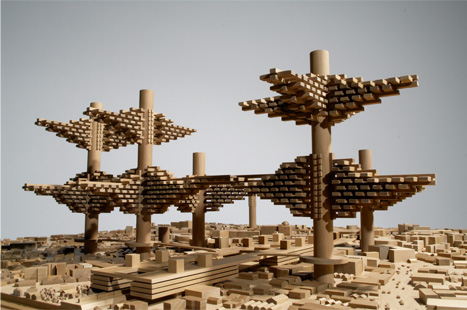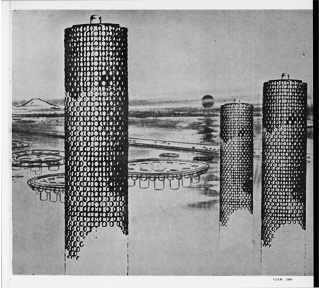

  |
8 April - 14 May 2017 | |
Nanyang Academy of Fine Arts (NAFA) | |
  |
|
Japan Creative Centre (JCC), Embassy of Japan in Singapore, together with the Japan Foundation and Nanyang Academy of Fine Arts (NAFA), are pleased to present Struggling Cities: from Japanese Urban Projects in the 1960s, a touring architectural and city exhibition.
|
Exhibition Period |
Exhibition Period: |
8 April - 14 May 2017 |
|
Opening Hours: |
Tuesdays – Sundays, 11:00am to 7:00pm |
|
Venue: |
The Ngee Ann Kongsi Gallery 1 & 2, NAFA Campus 1 |
|
Admission: |
FREE |
|
About the Exhibition |
 |
Taking as its point of departure the various experimental ideas on the city that flourished in Japan in the 1960s and using a combination of diverse media — from architectural scale models to photographs and slides, along with animations and other audio-visuals — this exhibition examines various circumstances of Japanese and other cities up to the present day, and identifies in particular the distinctive aspects of those circumstances as they are manifested in present-day Tokyo.
|
|
Photo credits (from left to right): © Kiyonori Kikutake, Tower Shape Community, photo by Takashi Ohtaka © Diversity of Tokyo, photo by Takashi Otaka © Kenzo Tange, Photograph of the full model of A Plan for Tokyo-1960, photo by Osamu Murai © Arata Isozaki, Cities in the Air (shizuoka version), 1960, photo by Osamu Murai |
|
Japan Creative Centre 4 Nassim Road, Singapore 258372 +65 6737 0434 / jcc@sn.mofa.go.jp http://www.sg.emb-japan.go.jp/JCC Nearest parking at Orchard Hotel & Delphi Orchard |
Organised by: | ||
 |
 |
 |
|